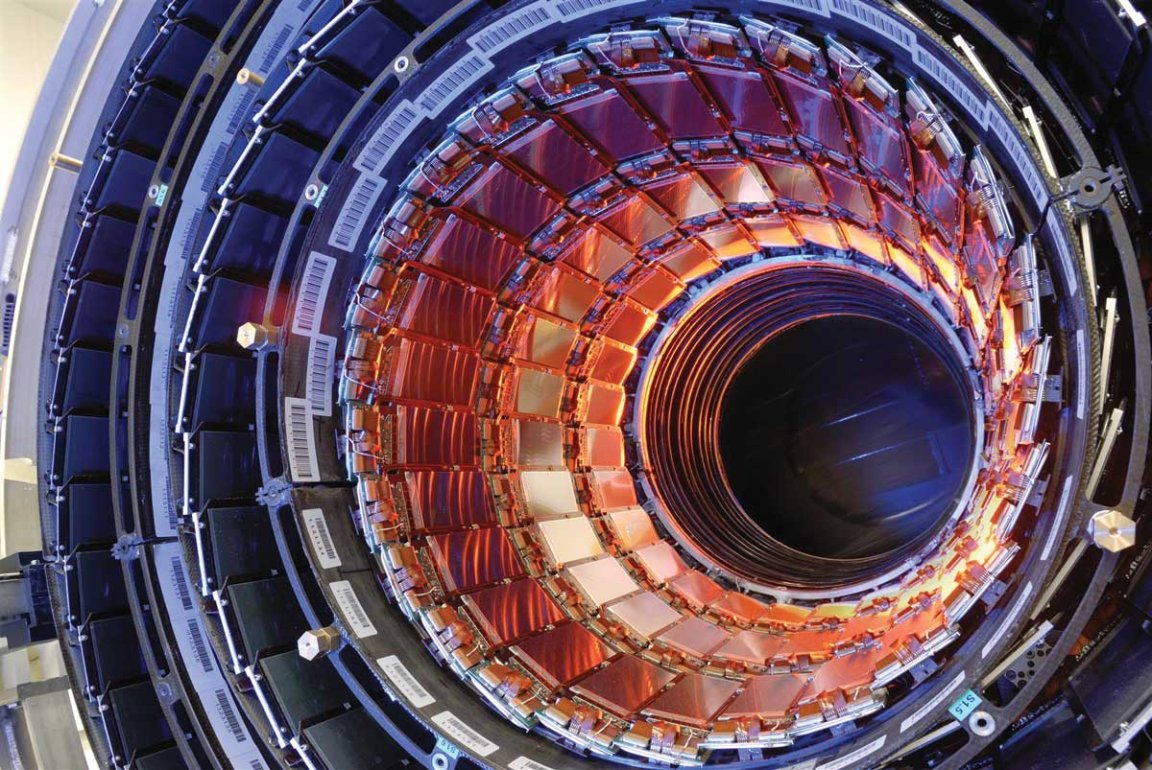
- The strong interaction binds quarks into protons and neutrons, and protons and neutrons into the nuclei of all the elements from which matter is built. Inside those nuclei, particles called pions made up of a quark and an antiquark mediate the interaction. Strong interaction theory makes a precise prediction on the polarisability of pions – the degree to which their shape can be stretched.
- To measure the polarisability of the pion, the COMPASS experiment shot a beam of pions at a target of nickel. As the pions approached the nickel on average at distances twice the radius of the particles themselves, they experienced the very strong electric field of the nickel nucleus, which caused them to deform, and change trajectory, in the process emitting a particle of light called a photon.
- It is by measuring the photon energy and the deflection of the pion for a large sample of 63000 pions that the polarisability could be measured. The result reveals that the pion is significantly stiffer than shown by previous measurements, as expected from strong interaction theory.